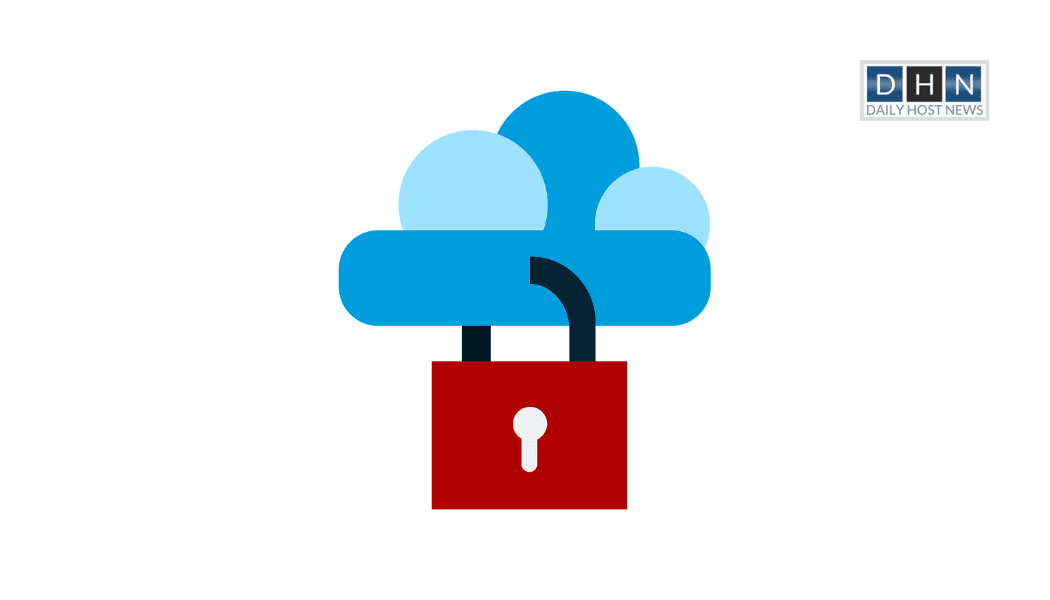As more and more businesses move to the cloud, it’s important to understand the security implications of doing so. According to a report by Cloud Security Alliance and BigID, 86% of organizations utilize multiple cloud platforms to store their data. 35% of organizations utilize two cloud Infrastructure-as-a-Service (IaaS) and Platform-as-a-Service (PaaS) platforms to store data, while 35% use three platforms. How are businesses prioritizing their cloud data security needs? In this blog post, we’ll discuss the different priorities that businesses should have when it comes to data security in the cloud.
Cloud data security challenges faced by organizations
Low confidence to secure sensitive data in the cloud
Organizations are not confident enough in their ability to secure data in the cloud. 57% report medium to low levels of confidence. This lack of confidence is more evident in the case of sensitive data.
Struggle to track sensitive data
Organizations are also struggling in their effort to track data in Software-as-a-Service (SaaS) platforms. Over 25% of organizations are not tracking regulated data and around 33% are not tracking confidential or internal data.
Suppliers and third parties are having too much access to sensitive data
Organizations seem to give nearly identical levels of access to sensitive data in their organization to contractors, partners, and suppliers as it gives to their employees. Third parties and suppliers having too much access to organizations’ sensitive data is a major cause of security concerns.
The proliferation of dark data issues due to staffing issues and interdepartmental conflict
Majority of the organizations are concerned regarding the spread of dark data in their organization and are unsure about how to approach the issue. They see lack of skills/knowledge, lack of interdepartmental cooperation, and lack of staff resources as the top three barriers to capturing dark data.
Cloud data security priorities for organizations
Curbing dark data issues
The most common data security features used by organizations are:
- Continuous monitoring/ learning (48%)
- Cloud workload security (42%)
- Cloud data security (42%)
- Data inspection and detection (41%)
However, organizations are not using data discovery and classification as much.
The low rates of data discovery and classification use could be because these types of features are well integrated with the continuous monitoring/learning function. Organizations also assume that discovery and classification are a part of the data security lifecycle. However, low utilization of data discovery and classification can lead to the issue of dark data.
Hence, organizations must prioritize utilizing the data discovery and classification tools to properly understand the data they have and how they should protect it.
Track data in SaaS platforms
Organizations struggle with tracking data in SaaS platforms. Only 7% of organizations say that they have no difficulties at all. Organizations need to continue working with their third-party data security vendors to make sure that all of their platforms are covered. This is especially important in the case of SaaS platforms.
Limit access to sensitive data
Organizations should be careful about who has access to sensitive data and what they can do with that information. This is important to prevent any accidental exposure of confidential information.
Avoiding data breach incidents
One of the main reasons for data breaches in the cloud is that security measures have not kept up with the growth in cloud usage. While more and more people are using the cloud, security measures such as encryption and protecting login access points have not grown at the same rate. Organizations have confidence in their ability to protect data in the cloud. However, confidence decreases for organizations that have encountered a data breach in the past year. Therefore, organizations must give importance to updating their security measures.
Compliance and regulations
Many different organizations have to follow more regulations and rules than ever before. Security compliance certifications for third-party vendors are important to many organizations, but the importance of these certifications varies depending on the industry and type of data an organization works with.
As we’ve discussed, there are a variety of priorities that businesses should have when it comes to data security in the cloud. IT leaders can use this information to make decisions about which security measures to implement to keep their data safe. What do you think is the most important priority for data security in the cloud? Let us know in the comments below.








